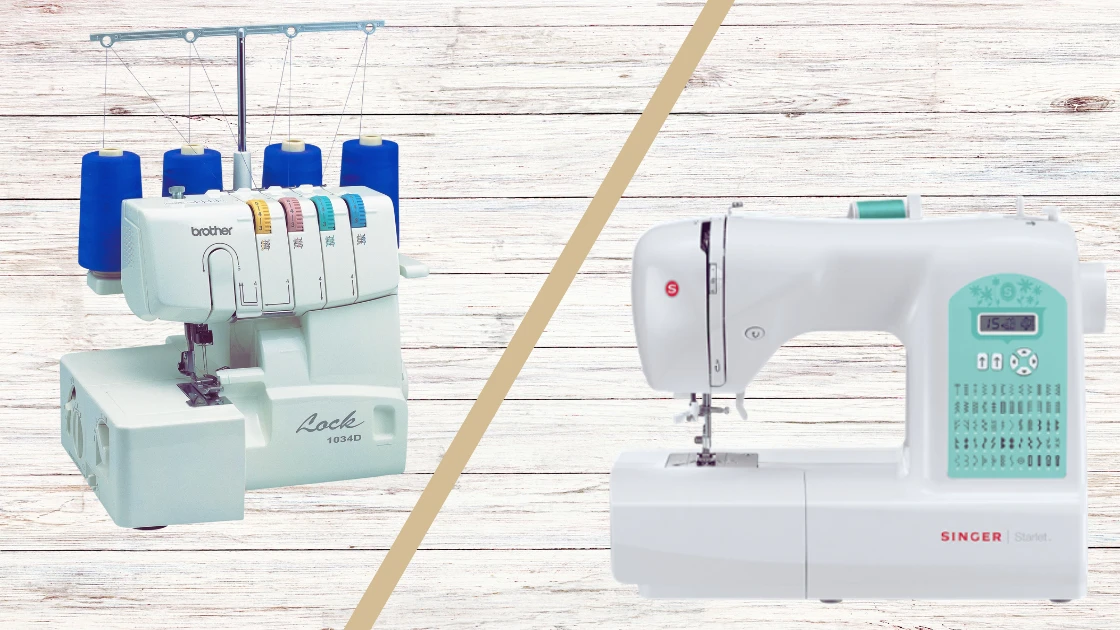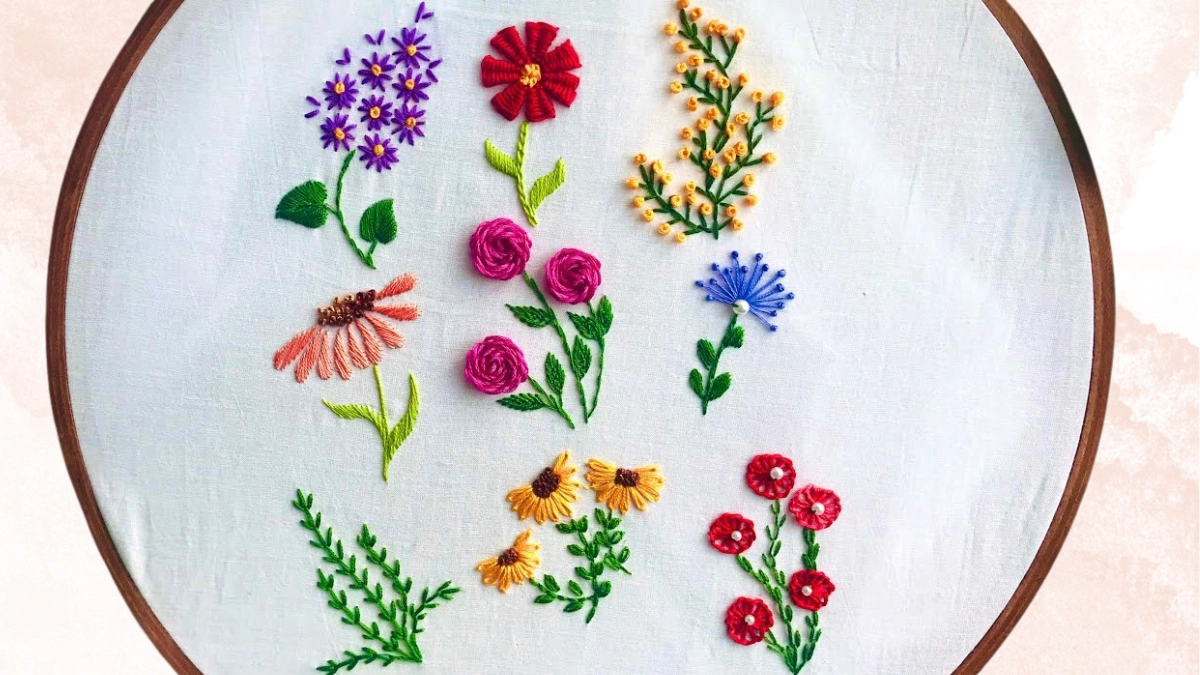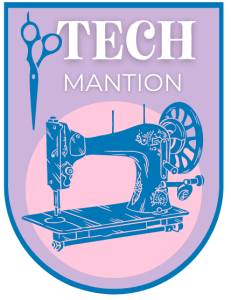If you’re an avid seamstress, you’ve probably heard about both sergers and sewing machines. Knowing these two tools’ differences is essential for choosing the best option for your projects. Sergers and sewing machines are used to create stitches but in different ways.
A serger is a specialized tool that creates secure seams with overlock stitching. The primary purpose of a serger is to finish fabric edges with a professional-looking stitch that won’t unravel quickly or fray. This makes it ideal for delicate clothing items like t-shirts or lightweight fabric projects like curtains.
A sewing machine is more versatile than a serger, as it can create many types of stitches, such as straight, zigzag, and buttonholes.
.
Table of Contents
What is Serger Machine?
Sergers are a great way to achieve that perfect finish. They also do away with the need for messy liner stitches and can be used in most cases where you would otherwise use scissors because their edge stitching is more durable than many other alternatives like thread or machine-stitched finishes.
You can check out some machines that top experts reviewed about, and if you are at a complete beginner level, then these beginner-level machines can be an excellent choice for making custom designs quickly.
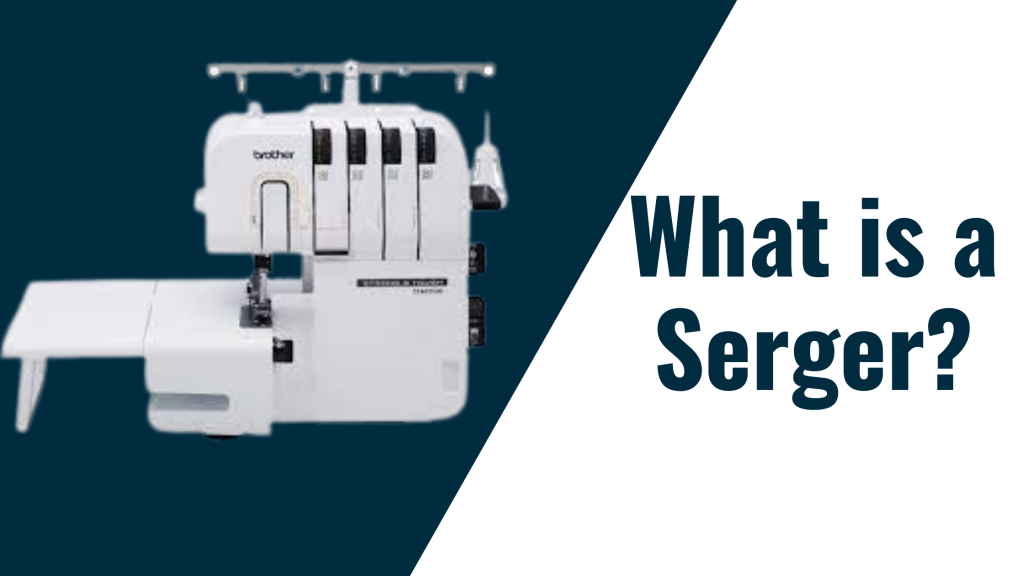
A Serger is a sewing machine used to construct garments and other pieces of fabric. It is ideal for creating clean, professional-looking seams and edges on fabric products. Sewers who make more complex projects often find a serger an invaluable tool that produces superior results compared to traditional sewing machines.
Sergers use multiple threads that are looped together to bind two pieces of fabric together. This type of stitch is often called overlock or safety stitch because it provides a stronger seam that won’t unravel quickly as regular stitches do.
In addition, sergers have special attachments that allow you to add decorative touches such as ruffles or gathers along the edges, giving your finished product a unique look. They can also be used for hemming and topstitching without changing the needle or thread type.
What is Sewing Machine?
A sewing machine stitches fabric and other materials together with thread. It can be operated either manually or by electricity and helps create garments, home furnishings, soft furnishings, craft items, and more. Sewing machines are available in many shapes, sizes, and styles – from manual ones to computerized models – so anyone can find the perfect device for their needs.
Sewing machines typically use two threads: one upper thread that runs through the needle of the device; and one lower thread that is fed into a bobbin case beneath the needle plate. The user guides fabric between these two threads as they cross each other at a set speed. Various stitches may be created depending on the chosen settings, such as straight-stitching or zigzag-stitching.
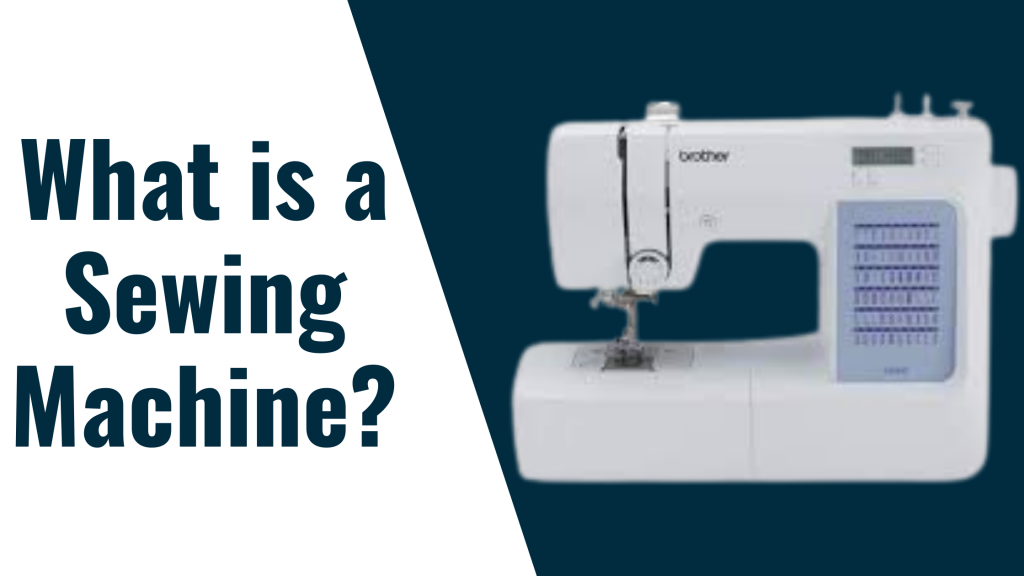
Most modern sewing branded machines come with a wide array of preprogrammed patterns, and the fundamental business mechanics have mostly stayed the same since their first invention during this period.
Your sewing machine is a fascinating device! It may look simple, but those metal cylinders have so much going on. The needle pulls from and pushes threads through the fabric as it runs along with each pass of your hand over its rotor (a wheel). This is where all those fancy stitches come about- some domestic machines also offer double Needle settings for even more creativity.
What’s the Difference?
The main difference between sewing machines and sergers is that the latter uses an overlock stitch to encase seams completely while stitching them together. This means that they have more specialized capabilities than most regular household appliances but can still accomplish multiple tasks at once–something you would have to do differently with each machine individually.
Design
The design of both sewing machines and sergers is unique, but there are some key differences. The most notable difference in function between these two different types of appliances can be found in their respective threading systems, while a typical machine only uses one spool at a time (with bobbins).
Many models on the market today have loops where you insert your fabric to create an edge or seam finish–this allows for more versatile usage because it doesn’t require stopping what we’re doing every time another piece needs attention.
No of Threads
The choice of which sewing machine to buy is often based on how much you need your equipment. If all it will ever be used for are light-duty projects like hemming pants, then the standard Singer single spool should work fine and save money in electricity costs and thread consumption over time due to its lower weight per stitch created compared with other models.
They use more complex stitching patterns, such as sergers, which require up to five different cone heads depending on the fabric used.
Cutting Knife
Sergers have some great features that regular sewing machines don’t, such as cutting tools for trimming the seam allowance. This creates a perfect finish while also serging it! You can use zigzag stitches on both to do this quickly and easily–no need to go through steps 1-3 above when you only want one step done at once with your favorite tool in your arsenal.
No of Stitches
The sewing world is expanding with the newest additions to our arsenal. Sergers offer more types and possibilities than primary machines, but they’re not without their limitations either – especially when it comes down to specific tasks like overlockers cannot do quite as much for you.
Easy to Thread
Sergers are not threads that quickly come apart but have some unique features. For example, Serger thread must be wound onto the bobbin in specific directions and can usually go through more than one cycle before needing to change bobbins – this is great if you’re making dress clothing.
Stitches per Minute
Although sewing machines and sergers stitches at different speeds, most sewing machines switch between 1000 and 1500 stitches per minute. Sergers average anywhere from 1300-2200 per minute.
Learning Curve
Sergers are more challenging to understand than most sewing machines. They have different stitch types, such as zigzag and lowered prosecution stitches, that can create decorative finishes on fabric without having any stretchy areas in the design itself. If you’re starting with serging – or if it’s been a while since your last tailor visit.
Pros and cons of Sewing Machine
That was for today guys hope you like the comparison article for serger vs sewing machine and you can checkout top machines right here.
Which Machine is Better for Garments?
A serger is designed to create professional-looking seams and finishes on fabric quickly. It uses multiple threads and blades to cut, hem, and finish edges simultaneously. A traditional sewing machine with fewer attachments can sew seams with one line, but it takes more time and effort as each step must be done separately.
Additionally, while most sergers have different stitch options, only basic stitches are available with traditional sewing machines. For this reason, they cannot create elaborate fashion designs like those possible with a serger.

